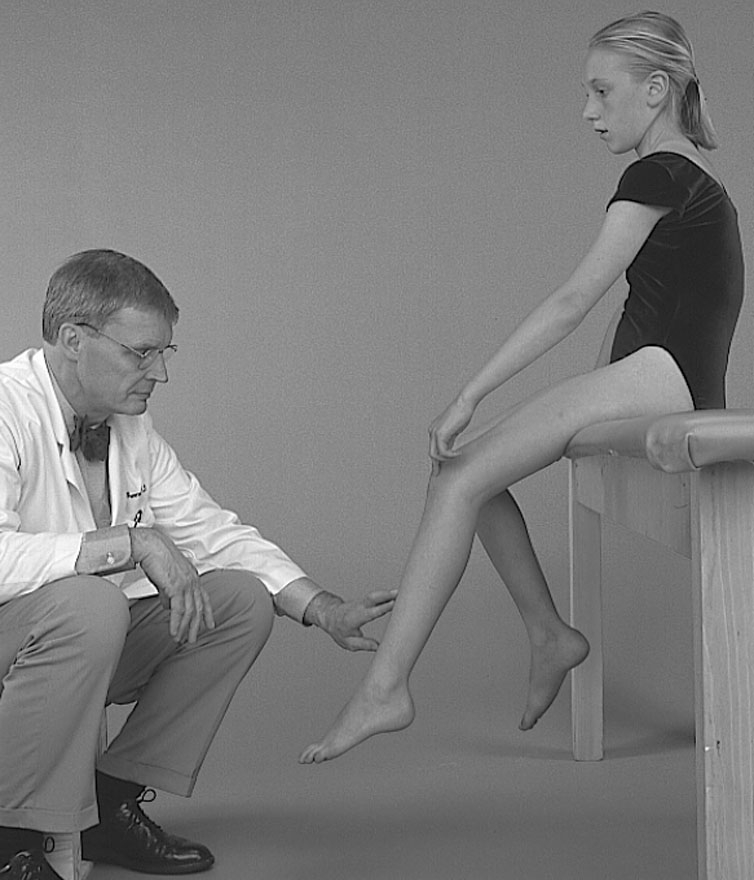Most experts agree that you should have your child periodically undergo a thorough pre-participation physical examination (PPE) - or what used to be called a sports physical. Not only can a PPE be an effective tool in identifying athletes who should not be playing sports because they have congenital heart defects or a history of concussions, but it is also useful in identifying medical problems effecting sports participation, such as asthma or the female athlete triad. 
Parents need to understand, however, that the ability of PPEs to detect the kind of cardiac abnormalities that can predispose athletes to sudden cardiac death is limited.
In fact, the American Heart Association admits that screening by history-taking and physical examination alone (without non-invasive testing) is insufficient to guarantee detection of many critical cardiovascular abnormalities in large populations of young athletes.
No national standard
There a number of problems with PPEs, primarily because national standards do not exist:
- As recently as 1998, 8 states had no standardized questionnaires for the history and physical examination components of a PPE, the screening forms of another 12 states contained four or fewer of the AHA cardiac screening questions;
- In 1999, only 17.2% of the PPE forms in one high school study asked questions about exercise-related cardiac symptoms, a previous diagnosis of a heart murmur or high blood pressure, and about family history of heart attack before age 50 or sudden cardiac death (three main components of the cardiac history portion of the PPE recommended by the AHA);
- According to a 2014 study (Madsen NL, et al. 2014), only 23 state high school athletic associations (46%) used a state-wide mandated PPE form, and, of those, only 8 states - covering only 11% of US high school athletes - use a form containing all the elements developed and recommended by the American Academy of Family Physicians, American Academy of Pediatrics, American College of Sports Medicine, American Medical Society for Sports Medicine, American Orthopaedic Society for Sports Medicine and the American Osteopathic Academy of Sports Medicine ("PPE Monograph"); and
- The person allowed to perform a PPE also varies from state to state: 21 states allow a PPE to be conducted by a nurse or physician's assistant; and 11 states allow chiropractors to perform a PPE.
My advice is to make sure that whoever performs your child's PPE asks the right questions even if they aren't required.
PPE goals and objectives
A PPE has the following goals and objectives:
- Meet legal requirements for participation in interscholastic sports, insurance or club mandates;
- Maintain and promote health and safety of athlete in training and competition by:Identifying conditions that may limit participation or predispose an athlete to injury, disability, or (in rare cases) death;
- Evaluating overall fitness (the examiner may recommend a conditioning/strengthening program);
- Treating current injuries, and preventing future injuries;
- Help athletes to participate safely, not disqualify them from competition. Studies show that only 0.3 to 1.3% of athletes are denied clearance as a result of a PPE;
- Educate athlete on variety of health topics (time constraints often limit the opportunity for education, however); and
- Give athlete chance to discuss health goals as they relate to their own athletic performance.








